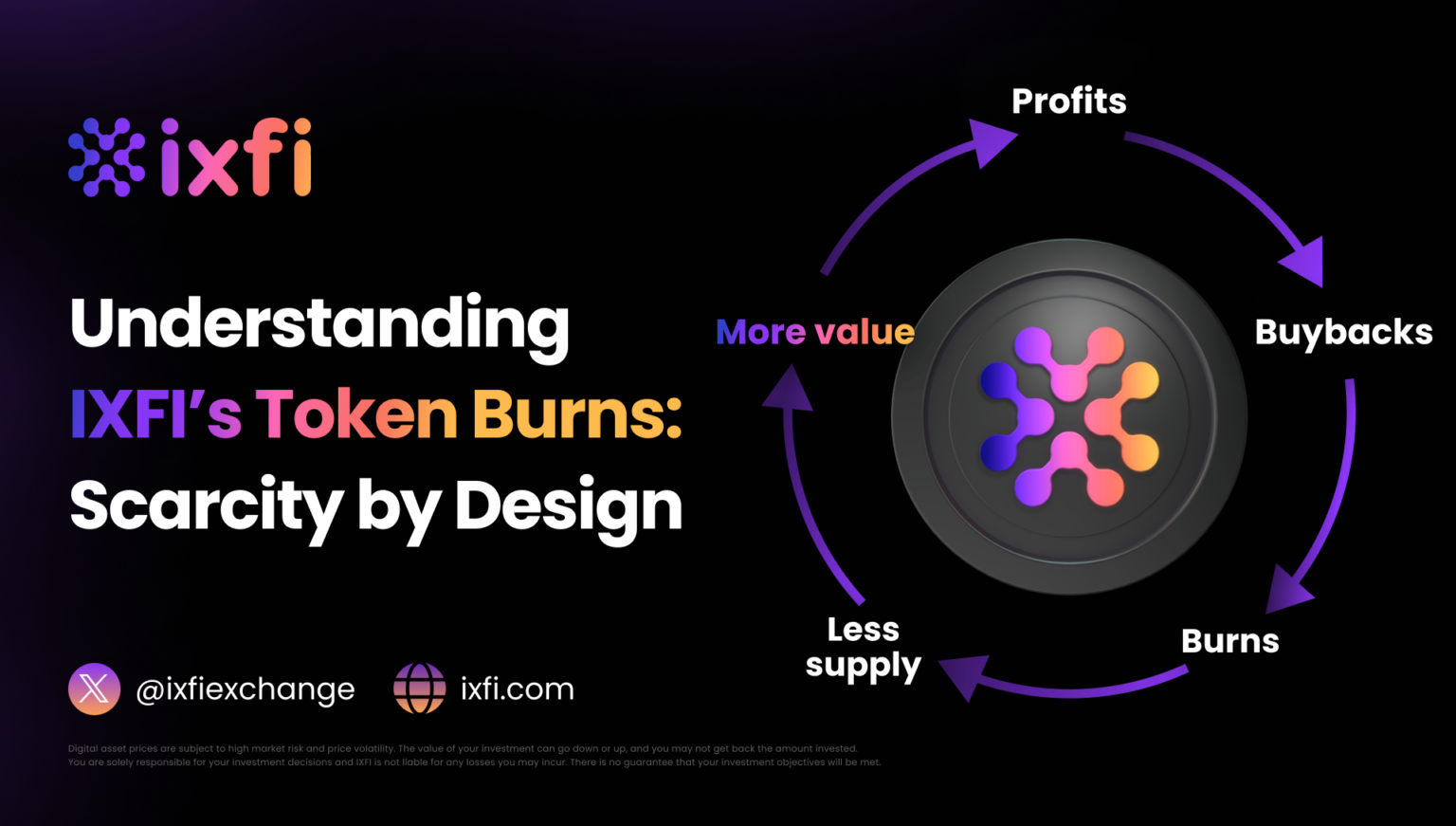In the early days of crypto, there weren’t many options to purchase or sell Bitcoin, and those that were available were mostly risky and unregulated. Fortunately, that’s very different today, so let’s see first how exchanges came to be and how we ended up with crypto exchanges.
An exchange is a marketplace where different operators can trade goods and services online securely, efficiently, and profitably.
Whether you are looking to buy a product or selling one, it is becoming easier to do business online. You have access to anything on the planet, from goods to retail services and intangible services to digital goods.
As the world becomes more integrated with international trade, it becomes more reliant on foreign exchange. Short for foreign exchange, the forex market trades currencies between countries to either invest in opportunities in different parts of the world or protect a country’s currency. The forex market is famously known as the world’s largest financial market — with everyone from central banks to banks, individual investors, and corporations trading one or more currency pairs.
Cryptocurrency trading is a good option for confident investors looking to earn more than the interest rates typically available from savings accounts, CFDs, and money market accounts. In addition to getting a potentially high return on your investment, you’ll enjoy lots of flexibility with the ability to liquidate your currency at any time. Plus, it’s relatively easy to open an account. There are virtually no initial capital requirements.
History of exchanges
Over the centuries, the stock market has had many names. It’s been called an auction, a marketplace and a bourse. It’s been accessible to the rich and influential but limited to specific groups or geographical locations. It’s experienced the rise of trading desks and derivatives, in addition to the use of just about every communications channel possible — physical correspondence, telephones, radios and televisions, ticker tapes and computers.
Historically, a stock market was a physical space where merchants gathered to exchange goods — this grew into companies issuing stocks as financial professionals and brokers facilitating these exchanges.
The stock market has been around for centuries. Today’s platforms and services include a blend of technology, financial professionals, and brokers to facilitate these exchanges. Exchange is a modern asset trading game that brings history to life while teaching the basics of business, investing, and finance. Like stocks from other companies, your stock has a title and description, giving you the details about the company behind it. You acquire shares in a company by buying or selling other stocks on the exchange or earning dividends from your existing stocks over time. It’s the same with cryptocurrencies.
Nowadays, asset exchanges offer much more than tangible items. Brokers’ vision designs the IXFI app for current and prospective clients. It makes it easy to track up-to-the-minute prices of cryptocurrencies and perform quick research on companies at the press of a button. It’s all the tools you require to make your way in today’s economy.
The first exchange markets
- In the 1300s, the Venetian exchange was a physical marketplace where lenders and investors would meet daily to buy and sell government debt. It made it possible for a person in Venice to convert their wealth into money to spend in Venice. That transformed the Venetian merchant class into creditors of the late Medieval world.
- In the 1500s, the newly created Belgium’s exchange dealt exclusively in promissory notes and bonds. Belgium’s Antwerp remains the world’s premier Diamond City and home to one of the most famous diamond exchanges. The original idea for the exchange originated in 1441. What started as a gathering point for buyers and sellers of goods in neighboring countries soon became the center of a diamond empire, which is still thriving today.
- 1611 — First modern stock trading exchange created in Amsterdam — The Dutch East India Company became the first publicly-traded company
- In the 1700s — A small group of merchants started the Buttonwood Tree Agreement, and they met daily to trade stocks and bonds — this practice eventually became the New York Stock Exchange
- 1896 — The Dow Jones Industrial average is created
- 1923 — Henry Barnum Poor’s company creates the precursor of the S&P 500 — Poor’s Publishing merges with Standard Statistics
- 1941 — Standard and Poor’s is founded when Poor’s Publishing joined with Standard Statistics
- 1971 — Trading begins on the National Association of Securities Dealers — Nasdaq
- 2008 — The stock market crashes after the housing bubble bursts
- 2009 — Bitcoin was born and started to get traded shortly
- 2010 — On March 17th, Bitcoinmarket, the first cryptocurrency exchange went live
- 2020 — Covid crash that led to wider adoption of cryptocurrencies
Starting in the 15th century, Antwerp was one of the most significant commercial cities in Europe. It was already a leading center of banking and financing when in 1531, the opening of the first exchange — called Bourse — took place. Individual business people could exchange their promissory notes and bonds for money more efficiently. Of course, this type of stock exchange dealt with business, government, and even individual debt issues that are very different from those today.
Before they officially formed the first stock exchange in London in 1773, debt issues and shares for sale were written and posted on the shops’ doors and mailed as a newsletter. Whereas the London Stock Exchange — LSE — was handcuffed by the law restricting shares, the New York Stock Exchange — NYSE — has dealt in trading stocks since it was created. The Philadelphia Stock Exchange was the first stock exchange created in the USA. Yet, the NYSE quickly became the biggest and most powerful.
The New York Stock Exchange — NYSE — founded in 1817 is arguably the most powerful in the world. For well over a century, the Big Board has been placed at the very center of global capital markets, influencing and shaping the way they have grown and developed. NASDAQ can trace its roots back to 1972 as a national system of computerized quotation for securities. The competition has caused the NYSE to evolve into a hybrid between an open outcry style and an electronic market. The creation of the Intercontinental exchange — ICE — in 2000 aimed to give the New York Stock Exchange a platform to compete with Nasdaq. The original ICE is a global network of exchanges, clearinghouses, and market participants in Atlanta, Georgia.
Nearly 30 years ago, the NYSE was the victim of a hostile takeover attempt by now-defunct investment firm Drexel Burnham Lambert. The $300 million buyout bid was rejected and culminated in a Federal judge ordering Drexel to cease trading on the exchange. It happened two weeks after they began, but not before they created a set of business strategies later adopted by individual investors. These strategies included buying stocks on margin, using other people’s money to purchase stocks and short selling. Shorting is when you profit from falling share prices by selling stock you don’t own yet and repurchasing it at a lower price.
In England, most brokers and investors did their business in the various coffee shops around London.
London has long been the premier market for foreign companies to list their shares in the UK. Still, since the mid-1990s, other national exchanges have developed. The one-time largest stock exchange outside of North America — the Deutsche Boerse in Frankfurt — saw its influence wane somewhat during the 2000s. The German legislation restricted access to American and British companies to list there. The listing of Microsoft on the London Stock Exchange in October 1999 was a significant coup for that city’s markets. Along with New York, London continues to be one of the world’s leading financial centers attracting companies from around the world.
Crypto joined the scene
In 2010, Mt. Gox, one of the first crypto exchanges, and maybe the most infamous one, emerged. Following Mt. Gox, in 2011 there were already multiple bitcoin exchanges, showing that there was real value in the market. However, due to how little regulation was present in those times, hackers were a real threat. Thus, the Mt. Gox Hack went down in history, making the price of bitcoin drop from $17 to $0 in minutes.
Since then, the crypto exchanges that were founded had better security measures put in place year after year, ensuring a better degree of compliance and safety. The market was filled with countless options, now available to everyone, not just the rich men and women that were active in the business sector.
In the last few years, the world seems to have understood the immense potential that blockchain and digital assets have. Exchanges that are considered to be reputable, and most importantly those that are regulated are making it possible to imagine integrating crypto as an integral part of the global economy.
IXFI is here today due to all that came before, with the aim to improve the experience of the average trader and to ensure safety and progress. Register on Your Friendly Crypto Exchange and you too can become a part of history being made.
If you found this little story of how exchanges came to be interesting, be sure to keep up with our blog for more.
Disclaimer: The content of this article is not investment advice and does not constitute an offer or solicitation to offer or recommendation of any investment product. It is for general purposes only and does not take into account your individual needs, investment objectives and specific financial and fiscal circumstances.
Although the material contained in this article was prepared based on information from public and private sources that IXFI believes to be reliable, no representation, warranty or undertaking, stated or implied, is given as to the accuracy of the information contained herein, and IXFI expressly disclaims any liability for the accuracy and completeness of the information contained in this article.
Investment involves risk; any ideas or strategies discussed herein should therefore not be undertaken by any individual without prior consultation with a financial professional for the purpose of assessing whether the ideas or strategies that are discussed are suitable to you based on your own personal financial and fiscal objectives, needs and risk tolerance. IXFI expressly disclaims any liability or loss incurred by any person who acts on the information, ideas or strategies discussed herein.




